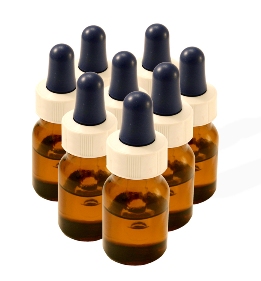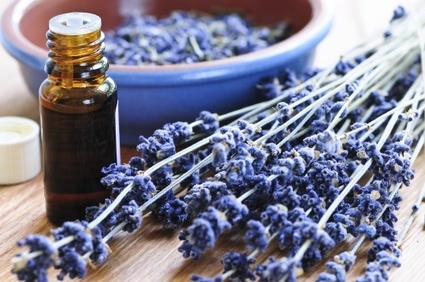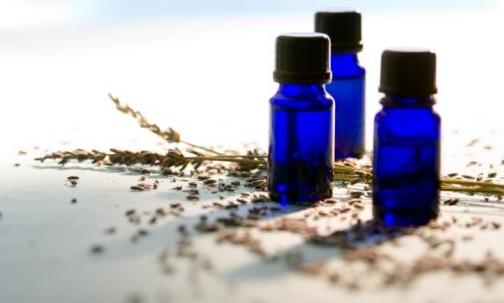A Cursory Overview: Aromatherapy 101
Aromatherapy is the art of using fragrance or scent to achieve a physiological effect – elevated moods, relaxation, energizing – healing the body and mind.
source: theveryessence.com
How Does “Smell” Work?
Our ability to smell is estimated to be 10,000 times more sensitive than taste. A scent travels chemical pathways to a section of the brain called the limbic system. Olfactory receptors send messages to the brain which triggers memories and emotions. Some scents have the ability to gear-up glands to increase hormone production. Less understood are effects on enhancing immune system, healing wounds, relieving nausea, etc. Also, fragrance makes a major contribution to the taste of food.
Scent Source – What Are Essential Oils?
They’re not an “oil”. Rather, they’re a concentrated volatile essence of plants, flowers, or trees obtained through evaporation or distillation. Essential oils work by being absorbed by your skin which is the largest organ of your body. They may also be inhaled via your lungs into your bloodstream. While every essential oil has a specific purpose/effect, they’re not always achieved by everyone who uses them.
Precautions and Safety Information
- Respect the use of essential oils; they are very concentrated – less is best!
- Use essential oils externally only!
- Always dilute essential oils in a carrier or base oil before using.
- Some oils may cause irritation, burning or photosensitivity. Test your skin’s sensitivity.
- Some essential oils may affect medications you may be taking or physical conditions, such as pregnancy, prone to seizures, high blood pressure, etc. Consult your physician!

Storage Tips
Store essential oils in dark glass bottles away from light and heat. Plastic may deteriorate over time. Label properly and keep out of reach of children and pets. Protect the surface of fine furniture.
Suggested Uses of Essential Oils
- Massage Oils
- Bath Salts
- Lotions/Topical Applications
- Diffusers
- Scented Candles
- Potpourri/Simmering Pots
- Facial Steam
- Compress
Commonly Used Carrier or Base Oils
Carrier oils are used as a dilutant for essential oils since essential oils should not be used “neat”, or applied directly to the skin (lavender and tea tree are a few exceptions). Not all carrier oils can be used as 100% of your base oil. Do your homework and select appropriate oil for the intended use.
Apricot Kernel – Good for all skin types; can be used 100% – normally used at 10-50% base.
Avocado – Useful for eczema or dry skin; heavy/thick, use 10-25% of base oils.
Castor Oil – Good for chapped, dry skin, massage; dissolves in water; 10-100% of base.
Coconut Oil – Long shelf life, does not clog pores; irritant to some people; use 10-50%.
Olive Oil – Use for hair/nail care, cosmetics; helpful for inflamed skin. Has a distinct natural odor; 10-50% base solution.
Grapeseed Oil – Good for all skin types; absorbed easily into skin. Slightly astringent properties; tones & tightens skin. Can be used at 100% of the base oil.
Jojoba – Actually a liquid wax & yellow in color obtained from the jojoba bean. Good for all skin types and closest to natural sebum. Quickly absorbed by skin; soothing for inflamed skin, psoriasis or dermatitis. May help in the treatment of acne; anti-oxidant properties. Used as 10-100% of base oil.
Sunflower Seed – Good for all skin types and easily available. Especially good for bruises, cradle cap, diaper rash. Easily absorbed and little or no natural odor. Can be used as 100%.
Sweet Almond Oil – Pale yellow in color; good for all skin types. Help relieve itching, dryness, inflammation & soreness. Non-penetrating, used in massage as 100% base.
Wheat Germ Oil – Yellowish oil good for all skin types except those w/wheat allergy; 10-30% base.
There’s so much more to explore…wishing you whole wellness!



